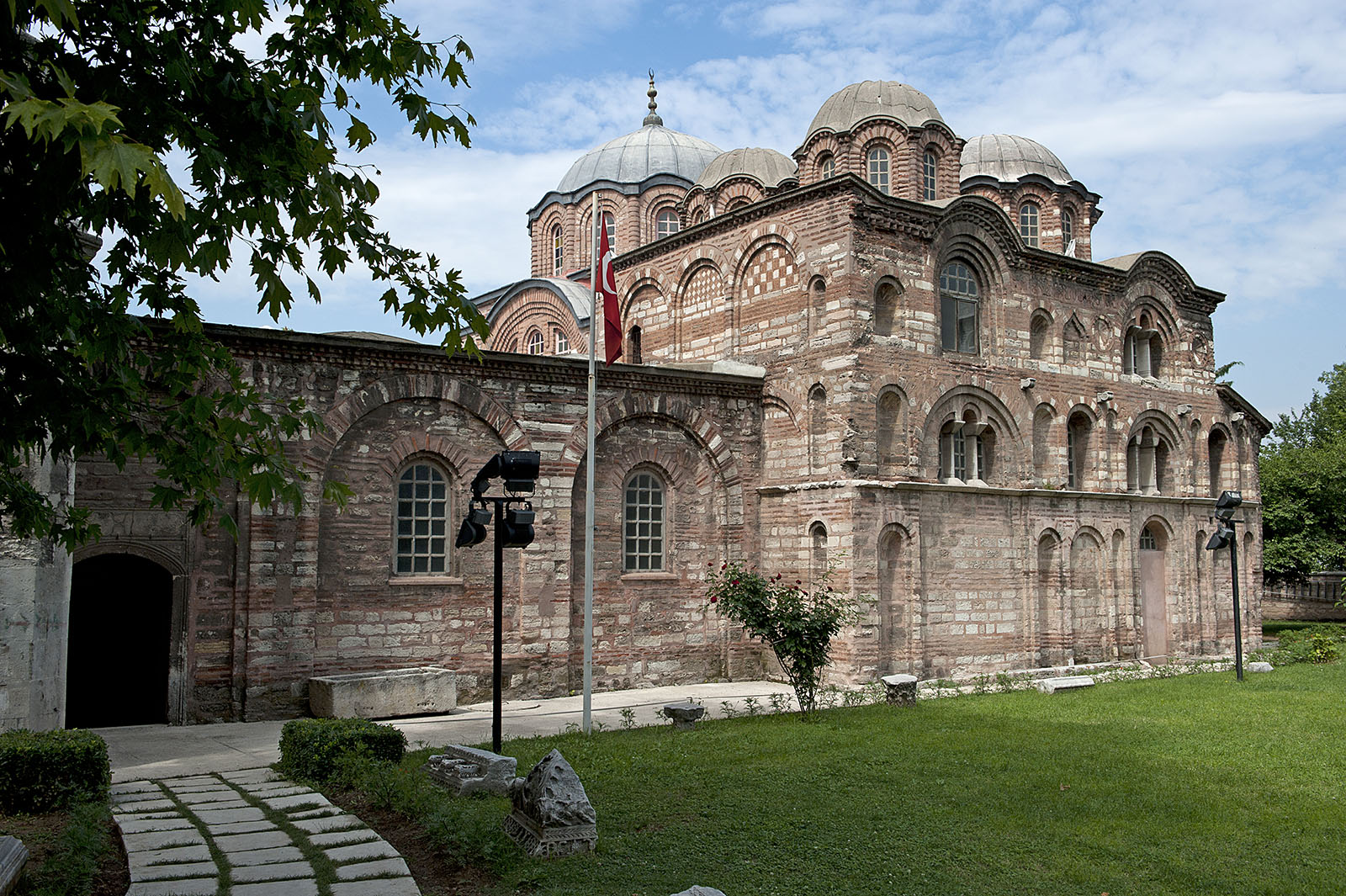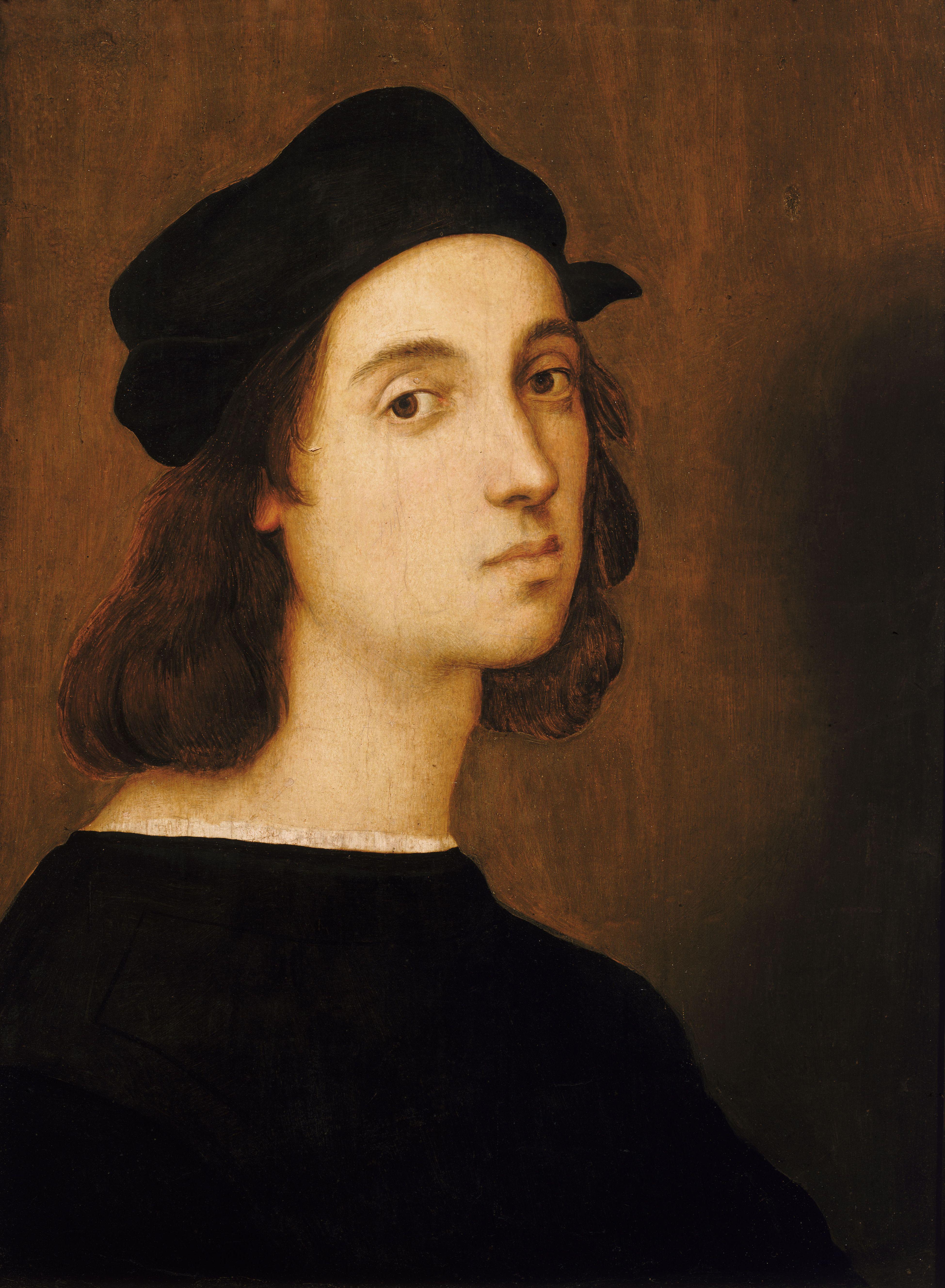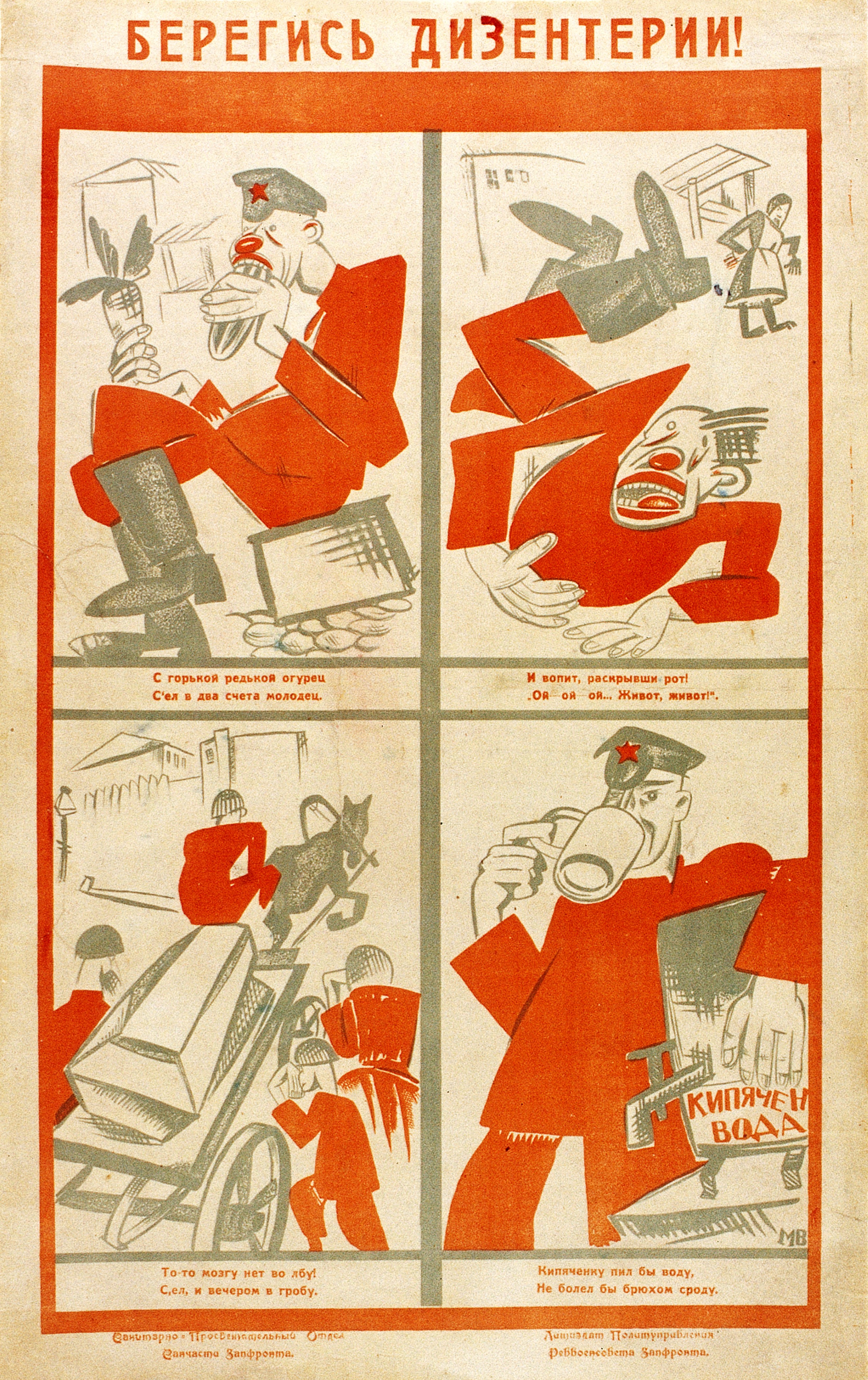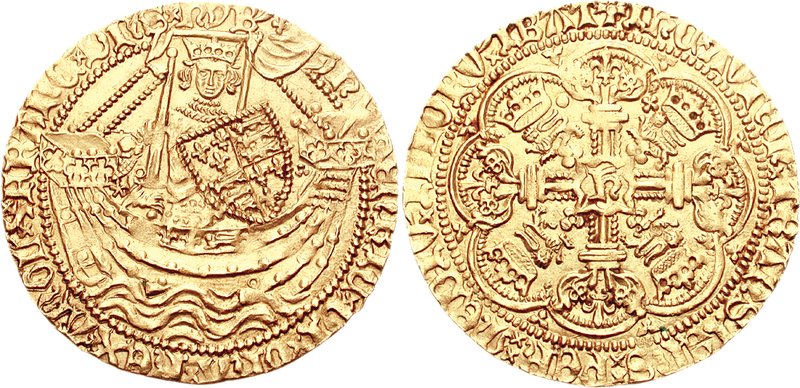|
August 31
Events Pre-1600 * 1056 – After a sudden illness a few days previously, Byzantine Empress Theodora dies childless, thus ending the Macedonian dynasty. * 1057 – Abdication of Byzantine Emperor Michael VI Bringas after just one year. * 1218 – Al-Kamil becomes sultan of the Ayyubid dynasty. * 1314 – King Haakon V of Norway moves the capital from Bergen to Oslo. * 1420 – The 8.8–9.4 Caldera earthquake shakes Chile's Atacama Region causing tsunami in Chile, Hawaii, and Japan.Manuel Abad, Tatiana Izquierdo, Miguel Cáceres, Enrique Bernárdez and Joaquín Rodríguez-Vidal. "Coastal boulder deposit as evidence of an ocean-wide prehistoric tsunami originated on the Atacama Desert coast (northern Chile)". ''Sedimentology''. Publication: December 13, 2018. * 1422 – King Henry V of England dies of dysentery while in France. His son, Henry VI, becomes King of England at the age of nine months. * 1483 – Under the influence of the Ottoman ... [...More Info...] [...Related Items...] OR: [Wikipedia] [Google] [Baidu] |
1056
Year 1056 (Roman numerals, MLVI) was a leap year starting on Monday of the Julian calendar. Events By place Byzantine Empire * August 31 – Empress Theodora Porphyrogenita (11th century), Theodora (a sister of the former Empress Zoë Porphyrogenita, Zoë) dies after a 18-month reign, by a sudden illness at Constantinople. She is succeeded by Michael VI Bringas ("the Old"), who had served as Logothetes tou stratiotikou, military finance minister under the former Emperor Romanos III Argyros, Romanos III. Michael is appointed through the influence of Leo Paraspondylos, Theodora's most trusted adviser. This ends the Macedonian dynasty. * Theodosios Monomachos, Theodosius, a nephew of the former Emperor Constantine IX Monomachos, Constantine IX, tries to usurp the Byzantine throne, and liberates all the prisoners who flock to his banner. With their support, he marches through the streets of Constantinople to the Palace. There, the Varangian Guard forms outside to stop ... [...More Info...] [...Related Items...] OR: [Wikipedia] [Google] [Baidu] |
Tsunami
A tsunami ( ; from , ) is a series of waves in a water body caused by the displacement of a large volume of water, generally in an ocean or a large lake. Earthquakes, volcanic eruptions and underwater explosions (including detonations, landslides, glacier calvings, meteorite impacts and other disturbances) above or below water all have the potential to generate a tsunami. Unlike normal ocean waves, which are generated by wind, or tides, which are in turn generated by the gravitational pull of the Moon and the Sun, a tsunami is generated by the displacement of water from a large event. Tsunami waves do not resemble normal undersea currents or sea waves because their wavelength is far longer. Rather than appearing as a breaking wave, a tsunami may instead initially resemble a rapidly rising tide. For this reason, it is often referred to as a tidal wave, although this usage is not favoured by the scientific community because it might give the false impression of ... [...More Info...] [...Related Items...] OR: [Wikipedia] [Google] [Baidu] |
Paul III
Pope Paul III (; ; born Alessandro Farnese; 29 February 1468 – 10 November 1549) was head of the Catholic Church and ruler of the Papal States from 13 October 1534 to his death, in November 1549. He came to the papal throne in an era following the sack of Rome in 1527 and rife with uncertainties in the Catholic Church as the Protestant Reformation progressed. His pontificate initiated the Catholic Reformation with the Council of Trent in 1545, and witnessed wars of religion in which Emperor Charles V launched military campaigns against the Protestants in Germany. He recognized new Catholic religious orders and societies such as the Jesuits, the Barnabites, and the Congregation of the Oratory. His efforts were distracted by nepotism to advance the power and fortunes of his family, including his illegitimate son Pier Luigi Farnese. Paul III was a significant patron of artists, including Michelangelo, and Nicolaus Copernicus dedicated his heliocentric treatise to him. ... [...More Info...] [...Related Items...] OR: [Wikipedia] [Google] [Baidu] |
1535
Year 1535 ( MDXXXV) was a common year starting on Friday of the Julian calendar. Events January–March * January 18 – Lima, now the capital of Peru, is founded by Francisco Pizarro, as '' Ciudad de los Reyes''. * January 21 – The French Protestant leaders of the October 1534 '' Affaire des Placards'' are burned to death in front of the Cathedral of Notre-Dame de Paris and witnessed by a large crowd that includes King François and the visiting Ottoman diplomats. * February 27 – George Joye publishes his ''Apologye'' in Antwerp, to clear his name from the accusations of William Tyndale. * March 10 – Fray Tomás de Berlanga discovers the Galápagos Islands, when blown off course ''en route'' to Peru. * March 23 – English forces under William Skeffington storm Maynooth Castle in Ireland, the stronghold of Thomas FitzGerald, 10th Earl of Kildare, after a siege that began on March 16. Skeffington shows little mercy to the 25 survivin ... [...More Info...] [...Related Items...] OR: [Wikipedia] [Google] [Baidu] |
Council Of Florence
The Council of Florence is the seventeenth ecumenical council recognized by the Catholic Church, held between 1431 and 1445. It was convened in territories under the Holy Roman Empire. Italy became a venue of a Catholic ecumenical council after a gap of about 2 centuries (the last ecumenical council to be held in Italy was the 4th Council of the Lateran in Rome's Lateran Palace). It was convoked in Basel as the Council of Basel by Pope Martin V shortly before his death in February 1431 and took place in the context of the Hussite Wars in Bohemia and the rise of the Ottoman Empire. At stake was the greater conflict between the conciliar movement and the principle of papal supremacy. The Council entered a second phase after Emperor Sigismund's death in 1437. Pope Eugene IV translated the Council to Ferrara on 8 January 1438, where it became the Council of Ferrara and succeeded in drawing some of the Byzantine ambassadors who were in attendance at Basel to Italy. Some Co ... [...More Info...] [...Related Items...] OR: [Wikipedia] [Google] [Baidu] |
Eastern Orthodox Church
The Eastern Orthodox Church, officially the Orthodox Catholic Church, and also called the Greek Orthodox Church or simply the Orthodox Church, is List of Christian denominations by number of members, one of the three major doctrinal and jurisdictional groups of Christianity, with approximately 230 million baptised members. It operates as a Communion (Christian), communion of autocephalous churches, each governed by its Bishop (Orthodox Church), bishops via local Holy Synod, synods. The church has no central doctrinal or governmental authority analogous to the pope of the Catholic Church. Nevertheless, the Ecumenical Patriarch of Constantinople is recognised by them as ''primus inter pares'' (), a title held by the patriarch of Rome prior to 1054. As one of the oldest surviving religious institutions in the world, the Eastern Orthodox Church has played an especially prominent role in the history and culture of Eastern Europe, Eastern and Southeastern Europe. Since 2018, the ... [...More Info...] [...Related Items...] OR: [Wikipedia] [Google] [Baidu] |
Synod Of Constantinople (1484)
The Synod of Constantinople in 1484 was an Ecumenical synod of the Eastern Orthodox Church that took place from 1 September 1483 to 31 August 1484. It was the first synod to condemn the Council of Florence and defined the ritual for reception of Catholics to Greek Orthodoxy. History After the 1453 fall of Constantinople, the Ottoman government organized the Patriarchate of Constantinople as a department within the Islamic state and supported its Orthodox heritage and anti-Catholic feelings with the political objective of moving the captured Greeks away from Western Europe. The Patriarch of Constantinople at the time, Symeon I, served the interests of the Ottoman Sultan, both during his second reign with his policy towards Trebizond and, during his last reign, by convening a synod to formally ratify the condemnation of the Catholic Church. The Synod of Constantinople was convened by Patriarch Symeon I and lasted from September 1483 until August 1484. It was held in the patriarcha ... [...More Info...] [...Related Items...] OR: [Wikipedia] [Google] [Baidu] |
Patriarch Symeon I Of Constantinople
The highest-ranking bishops in Eastern Orthodoxy, Oriental Orthodoxy, the Roman Catholic Church (above major archbishop and primate), the Hussite Church, Church of the East, and some Independent Catholic Churches are termed patriarchs (and in certain cases also '' popes'' – such as the pope of Rome or pope of Alexandria). The word is derived from Greek πατριάρχης (''patriarchēs''), meaning "chief or father of a family", a compound of πατριά (''patria''), meaning "family", and ἄρχειν (''archein''), meaning "to rule". Originally, a ''patriarch'' was a man who exercised authority as a pater familias over an extended family. The system of such rule of families by senior males is termed patriarchy. Historically, a patriarch has often been the logical choice to act as ethnarch of the community identified with his religious confession within a state or empire of a different creed (such as Christians within the Ottoman Empire). The term developed a ... [...More Info...] [...Related Items...] OR: [Wikipedia] [Google] [Baidu] |
1483
Year 1483 ( MCDLXXXIII) was a common year starting on Wednesday of the Julian calendar. Events January–December * January 1 – The Jews are expelled from Andalusia. * February 11 – The ''General Council of the Inquisition'' is created in Spain. * April 9 – Edward V becomes King of England. * April 29 – Gran Canaria, the main island of the Canary Islands, is conquered by the Kingdom of Castile, a very important step in the expansion of Spain. * April 30 – Pluto moves inside Neptune's orbit until July 23, 1503, according to modern orbital calculations. * April – King Edward V of England and his younger brother Richard, Duke of York reside in the Tower of London. Later this year, rumors of their murders start circulating. By December the rumors have reached France. This is the beginning of the mystery concerning the fates of the two Princes in the Tower. * June 13 – William Hastings, 1st Baron Hastings, is executed, in the fir ... [...More Info...] [...Related Items...] OR: [Wikipedia] [Google] [Baidu] |
Henry VI Of England
Henry VI (6 December 1421 – 21 May 1471) was King of England from 1422 to 1461 and 1470 to 1471, and English claims to the French throne, disputed King of France from 1422 to 1453. The only child of Henry V of England, Henry V, he succeeded to the Throne of England, English throne at the age of eight months, upon his father's death, and to the List of French monarchs, French throne on the death of his maternal grandfather, Charles VI of France, Charles VI, shortly afterwards. Henry was born during the Hundred Years' War (1337–1453), he is the only English monarch to have been crowned King of France, following his coronation at Notre-Dame de Paris in 1431 as Henry II. His early reign, when England was ruled by a Regency government, 1422–1437, regency government, saw the pinnacle of English power in Kingdom of France, France. However, setbacks followed once he assumed full control in 1437. The young king faced military reversals in France, as well as political and financia ... [...More Info...] [...Related Items...] OR: [Wikipedia] [Google] [Baidu] |
Dysentery
Dysentery ( , ), historically known as the bloody flux, is a type of gastroenteritis that results in bloody diarrhea. Other symptoms may include fever, abdominal pain, and a feeling of incomplete defecation. Complications may include dehydration. The cause of dysentery is usually the bacteria from genus '' Shigella'', in which case it is known as shigellosis, or the amoeba '' Entamoeba histolytica''; then it is called amoebiasis. Other causes may include certain chemicals, other bacteria, other protozoa, or parasitic worms. It may spread between people. Risk factors include contamination of food and water with feces due to poor sanitation. The underlying mechanism involves inflammation of the intestine, especially of the colon. Efforts to prevent dysentery include hand washing and food safety measures while traveling in countries of high risk. While the condition generally resolves on its own within a week, drinking sufficient fluids such as oral rehydration solutio ... [...More Info...] [...Related Items...] OR: [Wikipedia] [Google] [Baidu] |
Henry V Of England
Henry V (16 September 1386 – 31 August 1422), also called Henry of Monmouth, was King of England from 1413 until his death in 1422. Despite his relatively short reign, Henry's outstanding military successes in the Hundred Years' War against Kingdom of France, France made Kingdom of England, England one of the strongest military powers in Europe. Immortalised in Shakespeare's "Henriad" plays, Henry is known and celebrated as one of the greatest warrior-kings of medieval England. Henry of Monmouth, the eldest son of Henry IV of England, Henry IV, became heir apparent and Prince of Wales after his father seized the throne in 1399. During the reign of his father, the young Prince Henry gained military experience fighting the Welsh during the Welsh Revolt, revolt of Owain Glyndŵr, and against the powerful Percy family of Northumberland. He played a central part at the Battle of Shrewsbury despite being just sixteen years of age. As he entered adulthood, Henry played an increasing ... [...More Info...] [...Related Items...] OR: [Wikipedia] [Google] [Baidu] |










